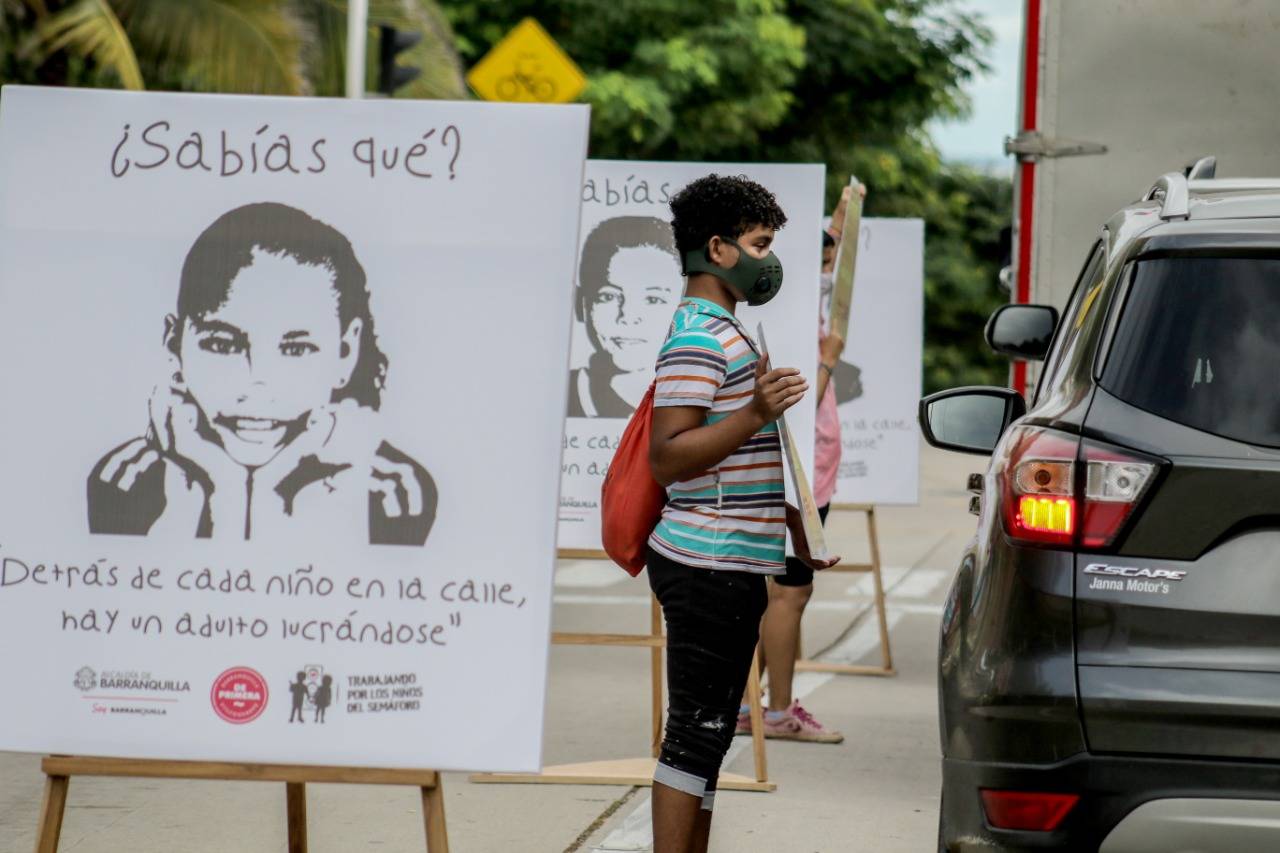Child labor persists in Colombia: a debt that has become naturalized

The commemoration of the World Day Against Child Labour on June 12th revealed figures confirming that this problem remains deeply rooted in many countries, including Colombia. Although the national rate has remained stable in recent years, its persistence in rural areas and vulnerable urban environments demonstrates that efforts are still not sufficient .
Between October and December 2024, 311,000 minors worked in Colombia, according to DANE. More than half of them (56%) lived in rural areas, where the child labor rate is 6%, double the national average (2.9%). Agriculture remains the main sector where children work from an early age.
The main reasons that motivate minors to work are the desire to have their own money (40.6%), the need to support the family economy (30.4%) and contribute to household or education expenses (20.3%).
In Medellín, a study conducted between 2024 and 2025 by the Combos Educational Corporation, involving 325 children working in downtown areas, shows that the problem also persists in urban settings. Many minors do not recognize themselves as workers, despite performing activities such as informal sales, window cleaning, or accompanying adults. Fifteen percent stated they were "not working," a clear sign of how normalized this situation has become.
Of the total surveyed, 54% were boys and 46% were girls. Many of them performed domestic or care work under a live-in arrangement, unpaid and mostly invisible jobs. Forty percent expressed fear that something bad would happen to them during their workday. Furthermore, 29% work between two and four hours a day, 20% between five and eight hours, and 14% more than eight hours. Fifty-one percent were Venezuelan migrants, demonstrating the impact of migration on family structure and exposure to child labor.
Structural causes For attorney Alejandro Ruiz, a family law attorney and professor at the National University, the persistence of child labor is not due to legal loopholes, but to the ineffective implementation of public policies . "We have laws, strategies, and a national policy for children and adolescents. But the legal instruments are not effectively implemented," he warns.
One of the key tools, the National Family Welfare System, should allow for early interventions with a differentiated approach. However, local entities face technical and budgetary constraints. “The productivity of many families depends on child labor. State support is not always available, especially in rural areas,” explains Ruiz.

Expanded Mobile Strategy for the Prevention and Eradication of Child Labor (EMPETIA). Photo: Bogotá City Hall
For the lawyer, the situation is worse in rural areas because " child labor becomes a common dynamic within family structures there." This is partly due to the informality of jobs in this sector and the lack of income for many families.
The situation is aggravated by another high-risk factor: the forced recruitment or exploitation of minors by illegal armed groups.
In areas like Tumaco and Chocó, children are paid by groups like the Clan del Golfo to work as motorcycle taxi drivers, boat drivers, or perform logistical tasks related to the trafficking of people or goods. Ruiz warns that this has increased school dropout rates in rural areas to "alarming proportions."
According to figures from the Ministry of Education's National Basic Education Information System (SINEB), 3.7% of children and adolescents dropped out of school in the last year.
Given this situation, the ILO and UNICEF emphasize the urgency of strengthening social protection, guaranteeing free, quality education, and promoting decent adult employment. At the local level, organizations like Combos warn that state responses must focus on structural support rather than punishment, with a differentiated approach and special attention to migrant populations.

Program against child labor in Barranquilla. Photo: Barranquilla City Hall
Globally, 138 million children were still engaged in child labor in 2024, according to figures from the International Labor Organization (ILO) and UNICEF. Of these, 54 million were engaged in hazardous work that puts their health and development at risk.
Although the total number decreased by 20 million compared to 2020, the world will not meet the target of eliminating child labor by 2025, as set out in the Sustainable Development Goals.
By sector, agriculture accounts for 61% of cases, followed by services (27%) and industry (13%). Rural areas are the most affected, where child labor is often perceived as part of the productive family environment, for the reasons explained above.
Sub-Saharan Africa remains the hardest-hit region, with nearly 87 million child laborers. In Asia and the Pacific, the proportion fell from 6% to 3%, and in Latin America and the Caribbean it remained stable, although the absolute number fell from 8 to 7 million.
“The world has made significant progress in reducing the number of children forced into labor. However, too many children continue to work in mines, factories, or fields, often performing dangerous jobs to survive,” concluded UNICEF Executive Director Catherine Russell, after releasing figures on this phenomenon for 2024.
eltiempo





